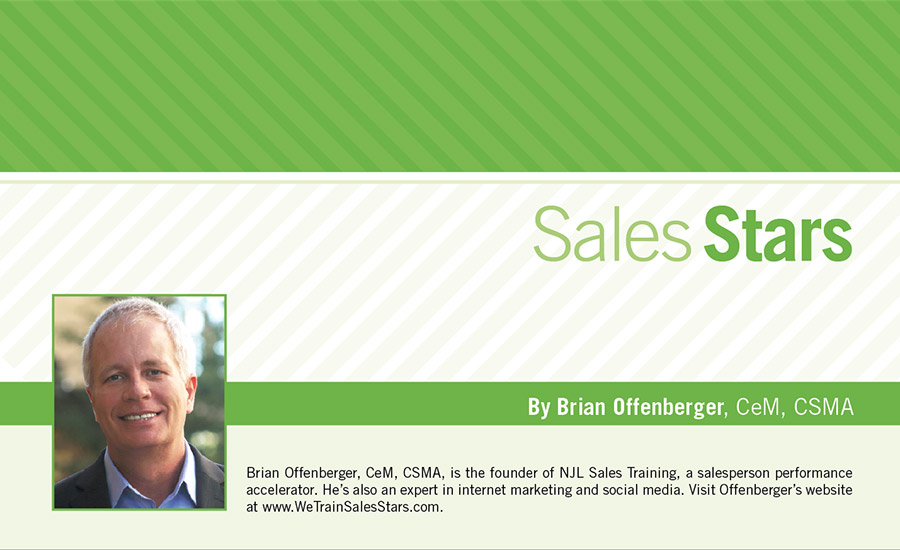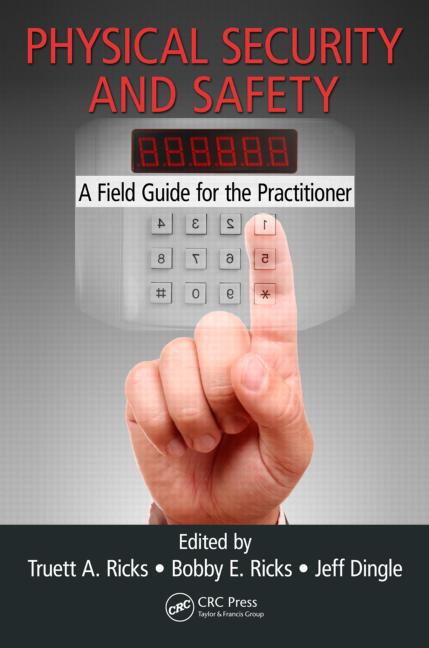My friend Todd was in a panic. He had submitted his monthly sales forecast. He was now two days away from the end of the month and he wasn’t going to make his number.
Again. For the third month in a row.
By all measures, Todd’s sales volume was acceptable. He ranked in the upper 15 percent of all company salespeople in terms of sales volume and margin dollars. The problem was that Todd was constantly putting himself and his boss in a bad position through inaccurate forecasting. Todd always forecasted more than he actually sold.
You see, when a map is wrong it gives the wrong picture of the landscape. A forecast is like a map. If it is inaccurate, bad things happen.
I ran into similar situations when I ran the Western U.S. for Siemens. Branches would submit a monthly sales and revenue forecast. When I first started running the region, I was lucky if even half of all branches were within 10 percent of their number.
Sales forecasting is important for many of us. In fact, how to do accurate sales forecasting is one of the top five questions I get from sales managers and company owners. Here are my tips for more accurate sales forecasts:
1. Have an effective sales process followed by all team members.
A good process may include a variety of elements but, most importantly, it will direct your actions to determine the next logical sequences of steps necessary to make a sale. Understanding this process, and the usual time necessary for successful completion of each phase, is essential to accurate forecasting.
2. Clearly understand buyer behaviors.
Too many forecasts are based on what the salesperson has done without taking into consideration what the buyer is doing. It’s imperative that your organization and its salespeople understand how the buyer makes a decision. What processes do they use? Where are they currently in their decision cycle and what is yet to come? How long does each stage typically take? What actions need to be taken by you at each stage of the process?
3. Use a milestone driven pipeline process.
The key here is to make sure your sales process addresses the key steps in your buyer’s journey. As an example, if you know needs analysis, field surveys and product demos are important to the buyer, include them in your pipeline assessments and management of events that lead to the successful completion of each milestone. Make sure these milestones are accurately embedded in your forecast assessment process so you know where you really are in the pipeline.
4. Use predictive data.
Too many salespeople and sales managers rely on gut instinct when it comes to forecasting. Instead, find out if the CRM system used by your organization provides predictive analytics. Predictive analytics will automatically notify you if a salesperson with a historical close rate of 30 percent is suddenly forecasting a 60 percent close rate. Even if you track your metrics and historical data manually, is a huge step towards more accurate forecasting.
5. Review salespeople’s sales forecasts.
I’ve always been amazed by the number of sales leaders who never test the validity of the forecast before submitting it to upper management for use. Go through account by account. Test the salesperson’s assumptions that went into their forecast. If you’re pressed for time, review only the top 20 percent of the accounts of their forecasted sales. As with most things in life, 20 percent of the forecast with make up 80 percent of the volume.
Forecasting should be an accurate tool for the business to direct business actions, help allocate resources, and help make strategic decisions. Use these principles for forecasting and you’ll be more accurate, make your life easier and create great value for your company.




